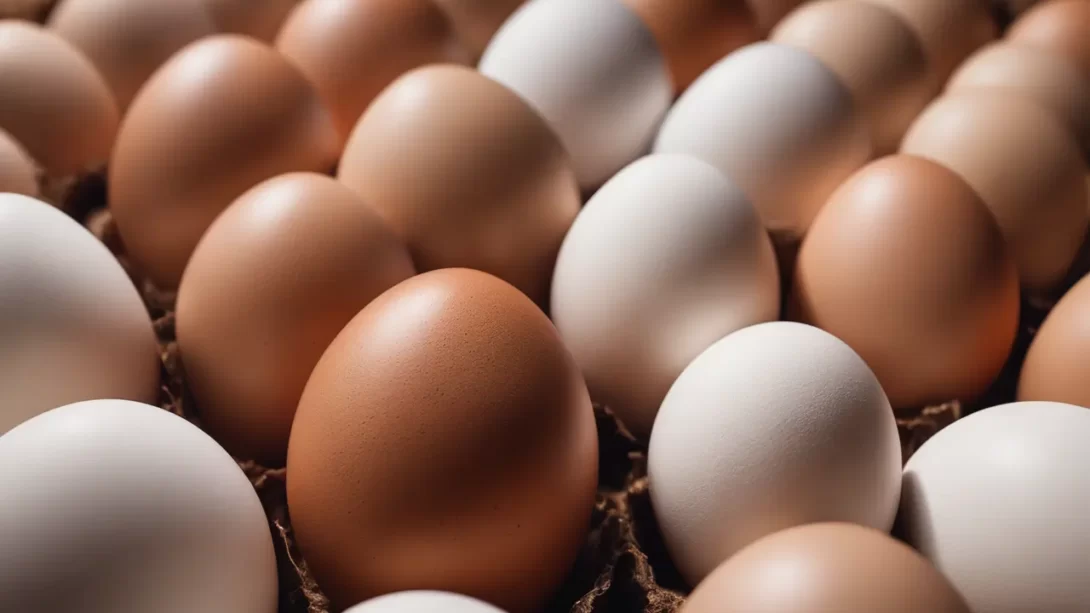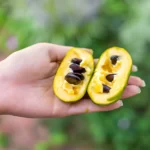The art of preserving eggs has been practiced for centuries, offering a way to extend the shelf life of this versatile and nutritious food source. In times when refrigeration wasn’t available, people developed various methods to keep eggs edible for months, even years. This article explores the fascinating world of egg preservation, outlining different techniques that have been used historically and some modern methods that are equally effective.
Egg Preservation
Eggs have certain natural properties that make them suitable for long-term preservation. Their shells are semi-permeable, allowing for certain preservation methods to work effectively while protecting the inner contents. However, it’s crucial to start with fresh, clean, and uncracked eggs for any preservation method. Safety is paramount when preserving eggs, as improper techniques can lead to spoilage and health risks. Preserving eggs can be highly beneficial, particularly for those looking to reduce food waste or ensure a steady supply of eggs.
Traditional Methods of Egg Preservation
Throughout history, various cultures have developed methods to preserve eggs, some of which are still in use today.
Water Glassing
Water glassing is a traditional method using a solution of sodium silicate. It works by creating a seal around the eggshell, preventing air and bacteria from penetrating.
- Preparing the Solution: Mix sodium silicate with boiled and cooled water. The ratio typically used is 1 part sodium silicate to 9 parts water.
- Immersing the Eggs: Place fresh, clean eggs in a clean, sterilized container and pour the water glassing solution over them, ensuring they are completely submerged.
- Storage: Store the container in a cool, dark place. Eggs can be preserved for up to a year or more using this method, maintaining freshness and quality.
Lime Solution
Another historical method involves using a hydrated lime solution.
- Making Lime Water: Mix hydrated lime with water to create a saturated solution. Let it settle and use the clear solution on top.
- Soaking the Eggs: Carefully lower the eggs into the lime water in a clean container, ensuring they are fully submerged.
- Storage Tips: Like water glassed eggs, those preserved in lime water should be stored in a cool, dark place. This method can keep eggs fresh for several months to a year.
Modern Preservation Techniques
With advancements in technology and understanding of food science, several modern methods for preserving eggs have become popular. These techniques are often simpler and more accessible for the average person.
Mineral Oil Coating
One such method is coating eggs with food-grade mineral oil. This technique is simple and effective:
- Application of Mineral Oil: Warm the mineral oil slightly for better coverage. Using gloves, coat each egg thoroughly with the oil. The oil creates a barrier, preventing air from entering the pores of the eggshell.
- Storing Treated Eggs: Place the oil-coated eggs in a carton, pointed end down. Store them in a cool, dark place, ideally at temperatures just above freezing. This method can preserve eggs for several months up to about a year.
- Periodic Rotation: To maintain the yolk’s position and prevent it from sticking to the shell, rotate the eggs monthly.
Freezing
Freezing is a straightforward method to preserve eggs for a long period:
- Preparation for Freezing: Crack the eggs into a bowl and beat until the yolk and white are just blended. For preserving yolks and whites separately, separate them before freezing.
- Storage in Freezer-Safe Containers: Pour the beaten eggs into a freezer-safe container or ice cube trays for portion control. Leave some headspace as eggs expand when frozen.
- Thawing and Usage: Thaw frozen eggs in the refrigerator a day before use. Note that while they can be used in cooked dishes, their texture may be slightly altered, making them less suitable for some recipes like frying.
Innovative Methods
Vacuum Sealing
Vacuum sealing is a more modern approach to egg preservation:
- Sealing the Eggs: Using a vacuum sealer, seal whole uncracked eggs in a suitable vacuum bag.
- Storage Conditions: Store the vacuum-sealed eggs in a cool, dark place. This method can extend the shelf life significantly, though not as long as traditional methods like water glassing.
- Safety Considerations: It’s essential to ensure the eggs are fresh and the vacuum seal is complete to prevent bacterial growth.
Maintenance and Care of Preserved Eggs
Proper storage and handling are crucial for maintaining the quality and safety of preserved eggs. Here are key practices to follow:
- Regular Checks: Periodically inspect the eggs, regardless of the preservation method used. Look for any signs of spoilage, such as a sulfuric smell, discoloration, or visible mold.
- Testing Freshness: Before using any preserved egg, perform a freshness test. Place the egg in a bowl of water – fresh eggs will sink and lie flat on the bottom, while older eggs may float. This is due to the air cell inside the egg enlarging over time.
- Handling Tips: Always handle preserved eggs with clean hands and use clean utensils to avoid contamination.
Safety Considerations
- Temperature Control: Store preserved eggs in a consistently cool, dry place. Fluctuating or warm temperatures can encourage bacterial growth and spoilage.
- Consumption Guidelines: Use preserved eggs in cooked dishes where they will be thoroughly heated, reducing any potential risk from bacteria.
Conclusion
Preserving eggs is a valuable skill, especially for those looking to extend the shelf life of their eggs for months or even years. Whether you choose traditional methods like water glassing and lime solution, modern techniques like mineral oil coating and freezing, or innovative approaches like vacuum sealing, each method offers unique benefits. Remember to prioritize freshness and safety, regularly check your preserved eggs, and adjust storage conditions as needed. By following these guidelines, you can enjoy the benefits of egg preservation, ensuring a steady supply of this versatile ingredient throughout the year.



